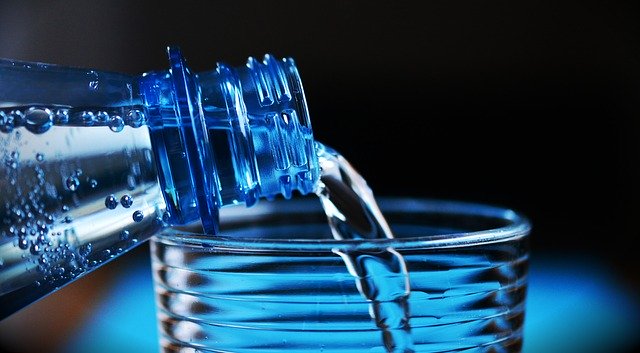This is a situation that has happened to everyone at least once: you go to sleep with that fresh cup of water on the side of the bed, and when you wake up at dawn to take a sip, the water tastes “old”. Each person often identifies this taste differently: some say it is “oily,” others “earthy,” others cannot even explain what kind of taste they are feeling. But everyone agrees that the liquid does not have the taste we recognize as drinking water.
According to Susan Richardson, a chemical researcher at the University of South Carolina, there is no serious research into why water tastes “old” after so long standing in the glass, but points to one of the possible causes of this phenomenon. And according to chemistry, the biggest one is simply the change in water temperature over time.
She uses the example of beer: the longer a beer is out of the fridge, the more the flavors present in it are accentuated, be it the natural bitterness of the drink or any other aftertaste that may exist of the ingredients used to ferment it. Since the water we take from the tap comes to our homes through underground pipes, its temperature is usually colder than the environment we are in, so its taste changes as it adapts to the temperature. of the environment. And since so many of us like to put ice stones or leave it in the fridge for a while to increase the sensation of coolness, the greater the difference we will taste in water when trying to drink it at room temperature.

Another possible explanation for the change in taste is the use of chlorine by treatment plants. Used to kill bacteria and other possible pathogens that may exist in the water, the amount of chlorine in the water we get from the tap is not enough to do any harm to the body if ingested (such as pool water), but Even the tiniest amount used in treatment can help make the water taste more “refreshing”. But since chlorine is a substance that easily evaporates at room temperature, leaving standing water in the glass can completely eliminate the element, thus changing the taste of the water.
But it is not only chlorine evaporation that can change the taste of the liquid of life, but also the dissolution of environmental gases. This is because when you leave the water standing in the glass, small amounts of carbon dioxide from the atmosphere eventually incorporate into it, which makes the pH of the liquid slightly more acidic and, of course, changes its taste. In addition to carbon dioxide, other lower concentration atmospheric gases may also dissolve in water, such as acetone and aldehydes, which also affect its taste.
And it doesn’t take long for these gases to affect the drink: As a researcher who always needs to use pure water in her experiments, Richardson reveals the difficulty of achieving this. If a glass is left standing for half an hour in any environment, that water is no longer considered pure due to the dissolution of atmospheric gases in it. In addition, the very oxygen of water molecules also evaporates over time, and is another reason why “standing” water tastes strange: in its chemical essence, after oxygen evaporates and atmospheric gases dissolve, It is no longer exactly the same substance that you took from the tap.
Now, if you are thinking about the presence of microorganisms or bacteria, there is so much to worry about. The presence of microbes or fungi in the water (of course, if it is drinkable) only begins to appear after several days that the water has been standing in the glass in contact with the environment (also, of course, considering that it has not been visited in that environment) time by any external agents, such as a mosquito that landed on the surface and laid its eggs there).
So even if it tastes weird, drinking the water that has been standing all night in the glass is totally safe. But if you forgot the water in the glass at the head of the bed, went on vacation and stayed out for several days, the recommendation is to throw away that “old” water and wash the glass thoroughly before using it again, for it is possible that in the meantime that place has become the new home of a family of bacteria.
Source: Wired
